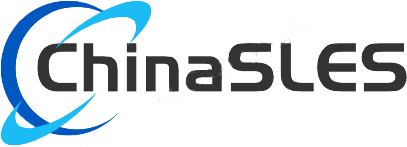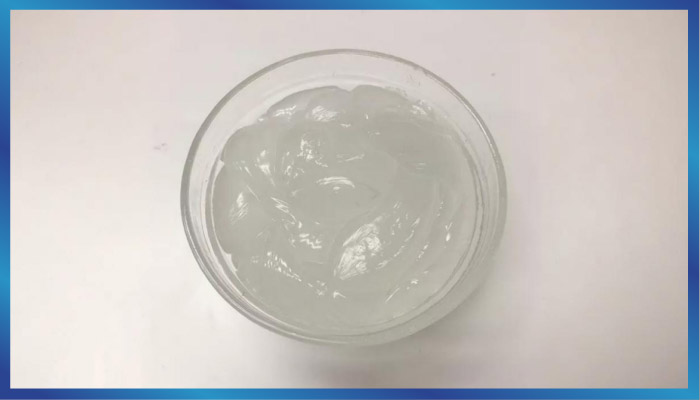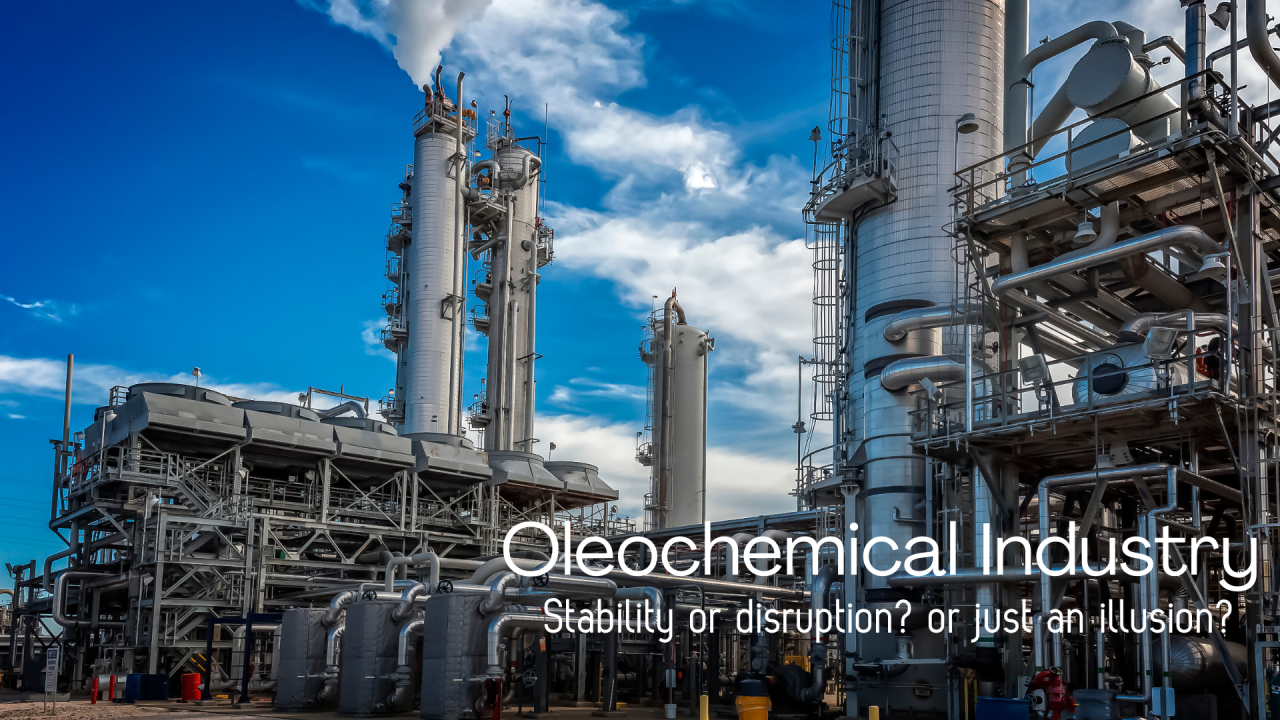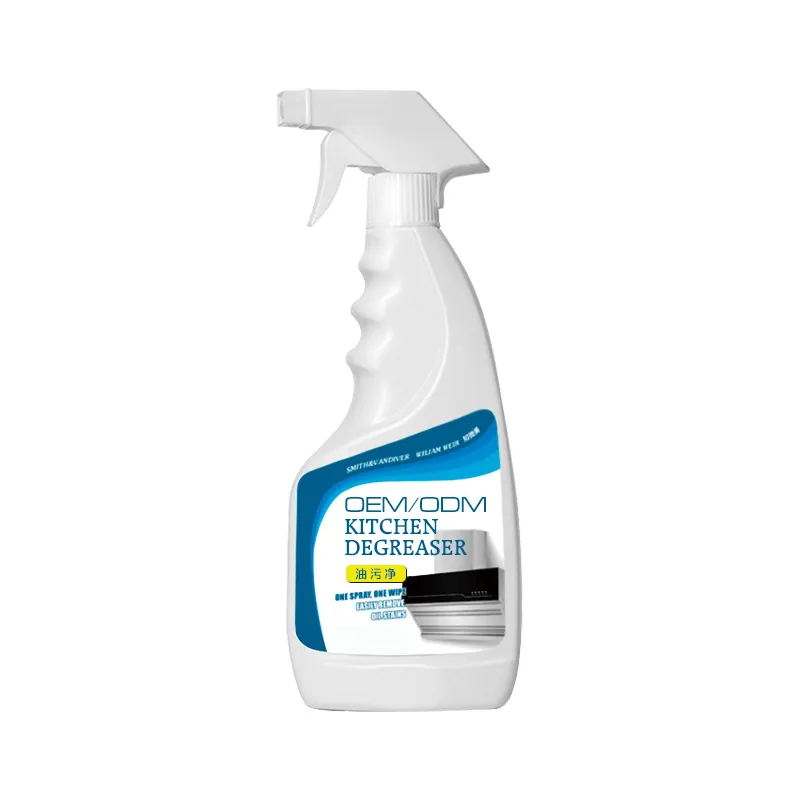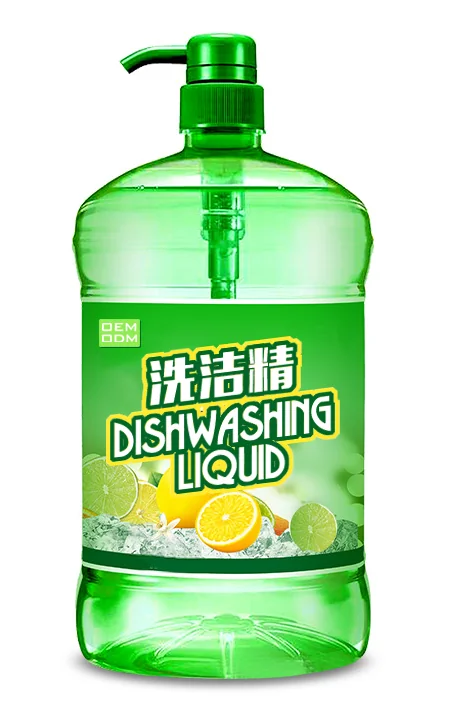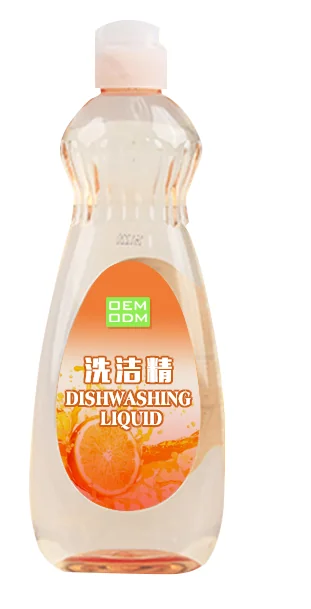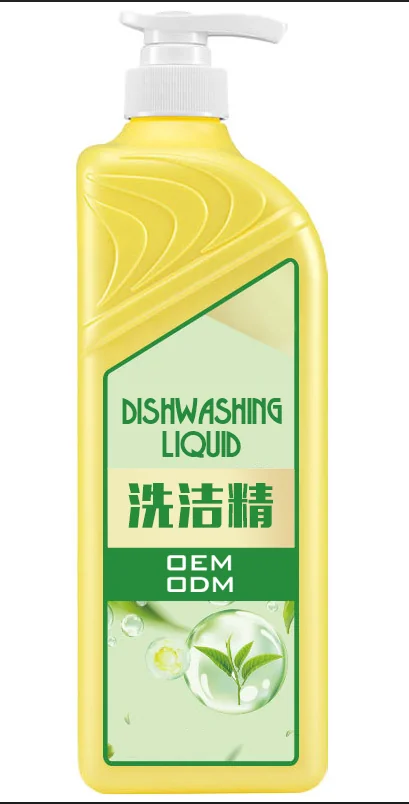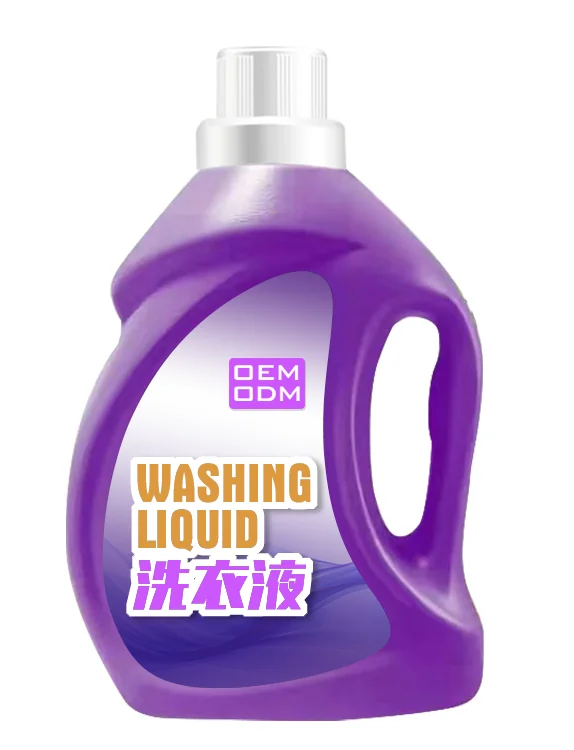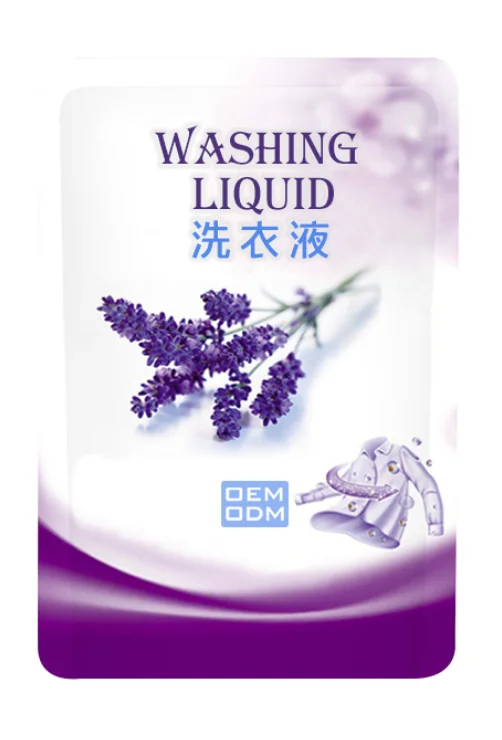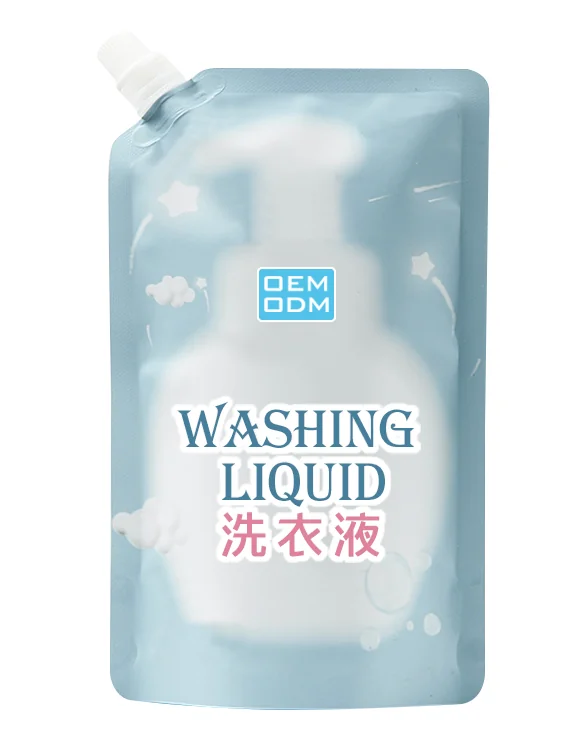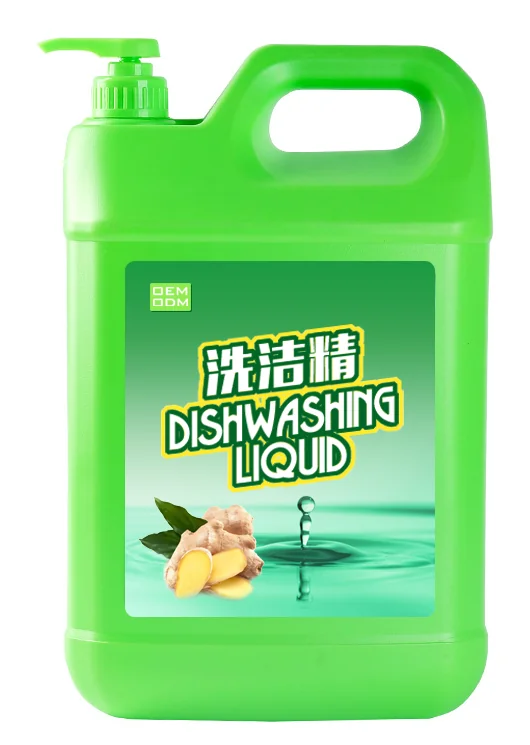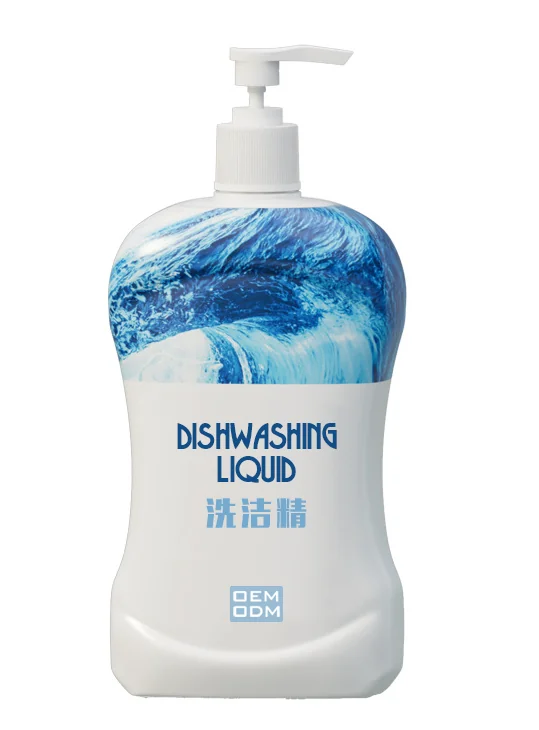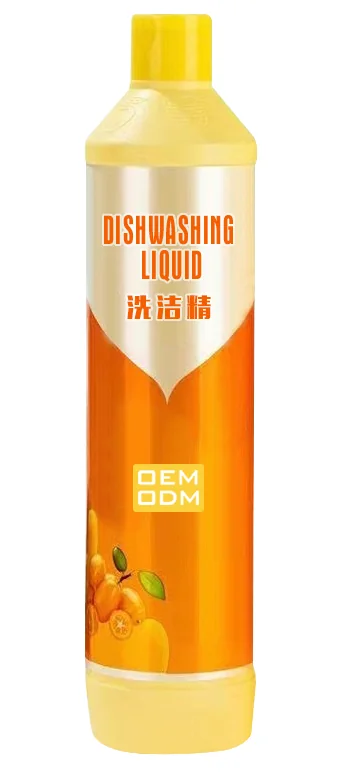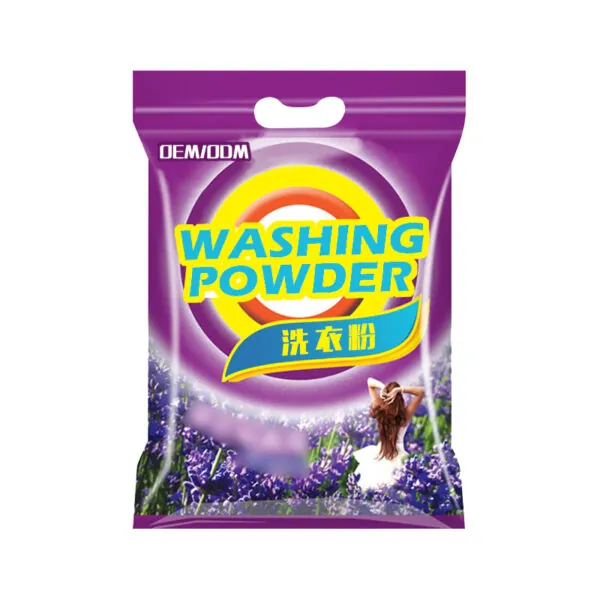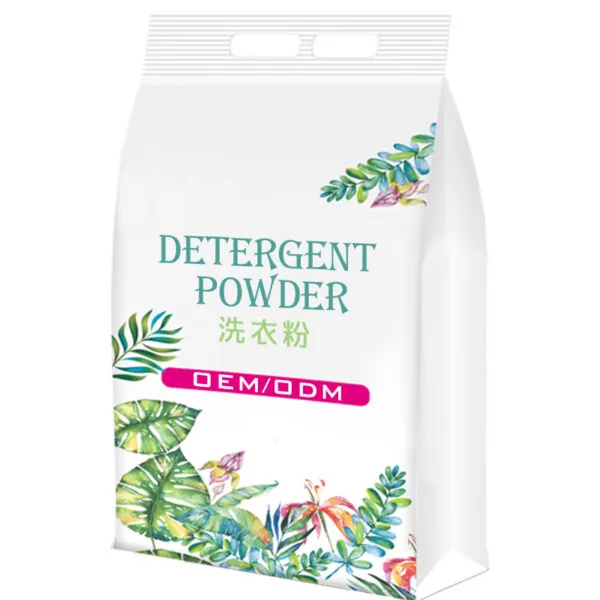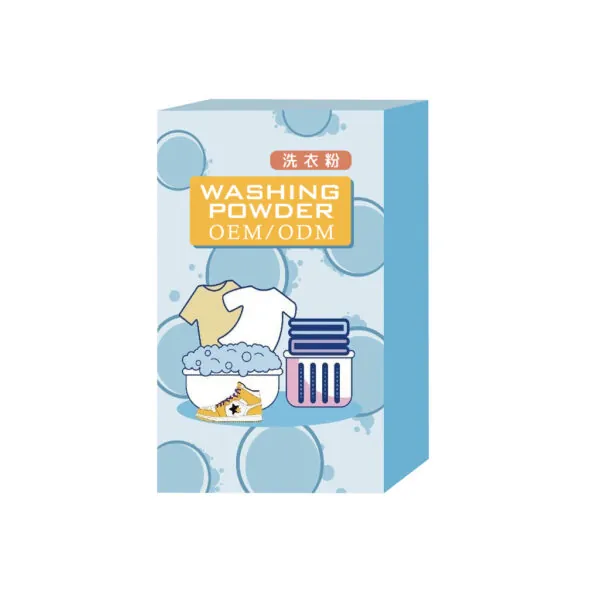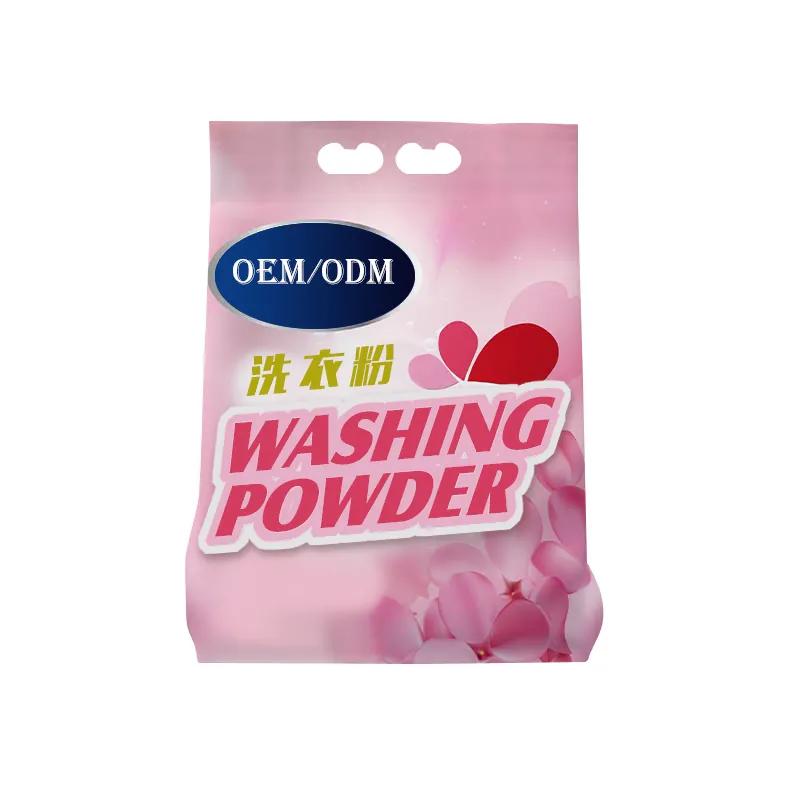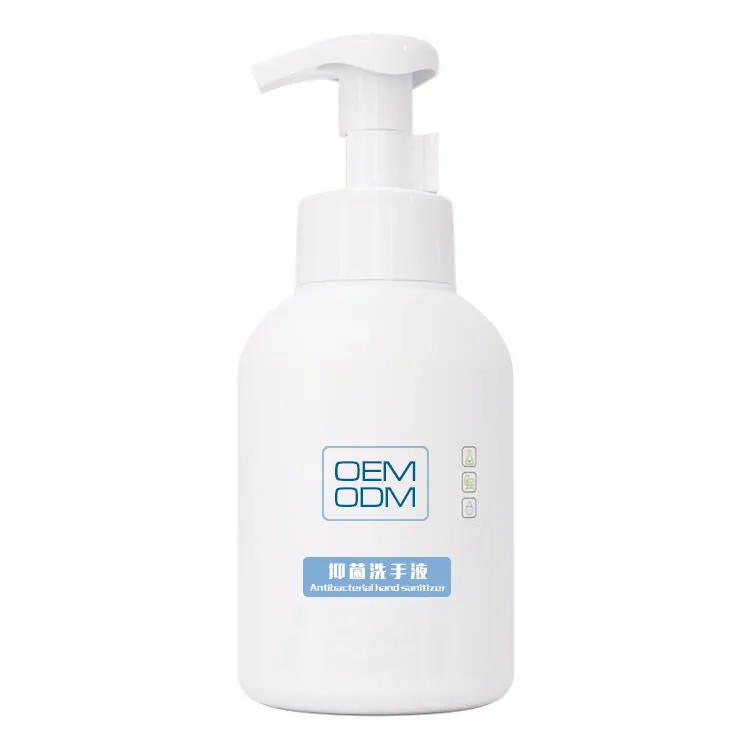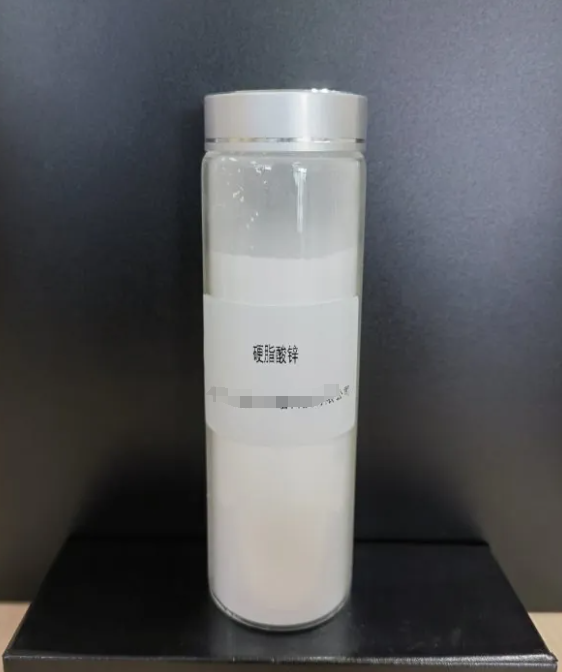Updated 2025 Market Reports Released: Trends, Forecasts to 2034 – Early Purchase Your Competitive Edge Today!
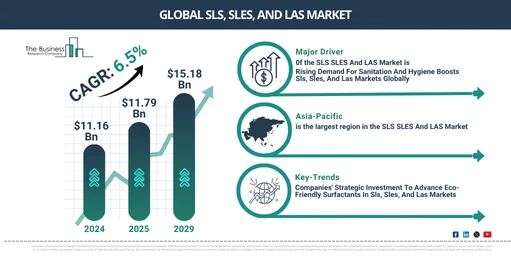
What is the Long-Term Projected Growth Rate for the SLS, SLES, And LAS Market, and What Are the Key Drivers?
The market size for SLS, SLES, and LAS has experienced significant growth in the past few years. It is projected to increase from $11.16 billion in 2024 to $11.79 billion in 2025, boasting a compound annual growth rate (CAGR) of 5.6%. Factors such as industrial uses, population increase, city expansion, regulatory rules, cost-efficiency, and cleanliness consciousness have characterized the growth during the historic time frame.
The market for SLS, SLES, and LAS is predicted to witness robust growth in the coming years, expected to rise to $15.18 billion by 2029, with an annual growth rate of 6.5%. The growth during the prediction period can be linked with factors such as sustainable methods, growth of e-commerce, innovations in the field of green chemistry, emerging markets, stringent regulations and offering of customized specialty products. Major trends that can be seen in the forecast period encompass r&d investments, advances in formulations, technological progress in production, introductions to sustainable packaging, as well as collaborations and partnerships.
What Market Dynamics Are Playing a Key Role in Accelerating the Growth of the sls, sles, and las Market?
The anticipated growth of the SLS, SLES, and LAS markets can be attributed to the escalating requirements for sanitation and hygiene in these industries. Personal hygiene is the practice of keeping one’s person and attire clean for the sake of overall health and wellness. Products for household cleaning such as laundry detergents, spray cleaners, and dishwasher detergents employ SLS, SLES, and LAS, which are anionic surfactants used as emulsifying cleaning agents. Consequently, the rising call for sanitation and hygiene is predicted to surge the SLS, SLES, and LAS markets. For example, studies from UNICEF, a humanitarian aid organization based in the US, in July 2023 projected that 1.4 million individuals, including nearly 400,000 children under the age of five, succumb annually to preventable diseases due to inadequate WASH, including diarrhea, acute respiratory infections (ARIs), soil-transmitted helminths, and undernutrition. Last year alone, about 3.5 billion people did not have access to safely managed services, approximately 1.9 billion received basic services. However, among the 1.5 billion struggling without basic services, 419 million are forced to practice open defecation. Hence, the mounting demand for sanitation and hygiene in the production industry is a significant factor in propelling the growth of the SLS, SLES, and LAS markets.
Explore Comprehensive Insights Into The Global SLS, SLES, And LAS Market With A Free Sample Report:
https://www.thebusinessresearchcompany.com/sample.aspx?id=9119&type=smp
Which Companies Are Leading the Charge in Expanding the SLS, SLES, And LAS Market?
Major companies operating in the SLS, SLES, and LAS market include:
• Galaxy Surfactants Ltd._x000D_
• Croda International Plc_x000D_
• Clariant AG_x000D_
• Taiwan NJC Corporation_x000D_
• Solvay_x000D_
What New Trends Are Reshaping the SLS, SLES, And LAS Market and Its Opportunities?
Major firms in the SLS, SLES, and LAS markets are concentrating their efforts on investing strategically in environmentally friendly surfactants to boost production and increase their market profits. These calculated investments undertaken by the firms are set to enhance resource efficiency, achieving a circular and waste-free chemical industry which is more eco-sustainable. Take for example, Unilever PLC, a UK-based consumer goods company, which purchased NextLab linear alkylbenzene (LAB) — a renewable and biodegradable surfactant utilized in the production of linear alkylbenzene sulfonate (LAS) — in August 2022. This marks the first time a surfactant has been created from renewable carbon in the world. Being manufactured from green carbon derived from renewable biomass, NextLab LAB presents a greener approach to producing an essential raw material used in surfactants.
Secure Your Global SLS, SLES, And LAS Market Report Now for Fast and Efficient Delivery!
https://www.thebusinessresearchcompany.com/report/sls-sles-and-las-global-market-report
Which Key Segments Define the Structure of the SLS, SLES, And LAS Market and Their Growth Potential?
The SLS, SLES, and LAS market covered in this report is segmented –
1) By Product Type: SLS, SLES, LAS
2) By Production Method: Coco Based, Inorganic Based
3) By Application: Detergents And Cleaners, Personal Care, Oilfield Chemicals, Textile And Leather, Paints And Coatings, Other Applications
Subsegments:
1) By SLS (Sodium Lauryl Sulfate): Cosmetic Grade SLS, Industrial Grade SLS, Pharmaceutical Grade SLS
2) By SLES (Sodium Laureth Sulfate): Cosmetic Grade SLES, Industrial Grade SLES, Pharmaceutical Grade SLES
3) By LAS (Linear Alkylbenzene Sulfonate): LAS 90%, Neutralized LAS (Sodium Salt), LAS For Household And Industrial Detergents
What Are the Top Regions Fueling Growth in the SLS, SLES, And LAS Market?
Asia-Pacific was the largest region in the SLS, SLES, and LAS market in 2024. Latin America is expected to be the fastest-growing region in the SLS, SLES, and LAS market during the forecast period. The regions covered in the sls, sles, and las market report are Asia-Pacific, Western Europe, Eastern Europe, North America, South America, Middle East, Africa
How Is the SLS, SLES, And LAS Market Defined Across Different Regions?
Sodium lauryl sulfate (SLS), sodium lauryl ether sulfate, and linear alkyl benzene sulfonate (LAS) are surfactants that lower water surface tension and aid in the cleansing and lathering of items. They emulsify cleaning agents in household cleaning products (laundry detergents, spray cleaners, and dishwasher detergents).
